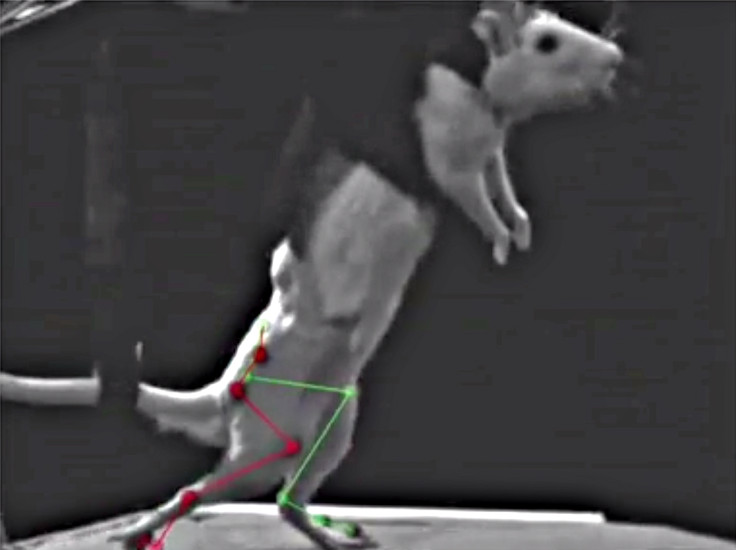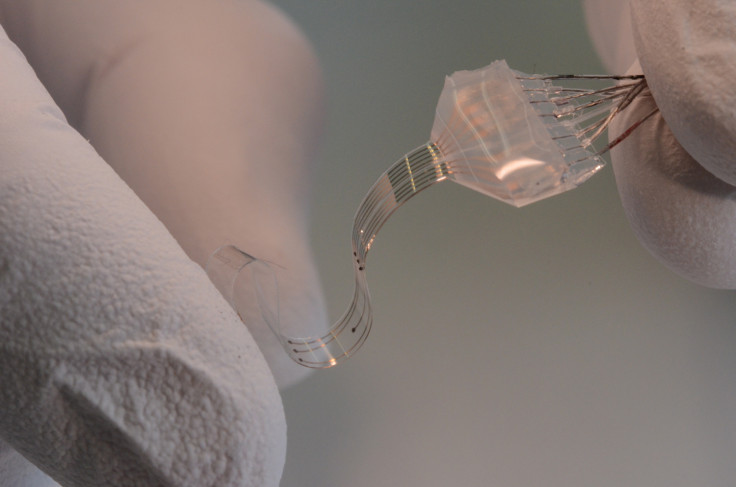Cyborg rats: Spinal implant breakthrough helps paralysed walk again

Scientists from the Swiss Federal Institute of Technology in Lausanne have invented a flexible spinal implant that has helped paralysed rats regain the ability to walk, paving the way for neuroprosthetics advancements in treating paralysis, epilepsy, Parkinson's disease, and pain management.
When implanted and connected to the spinal cord, the implant (named e-Dura) is able to deliver drugs and electrical signals through surrounding nerves to the brain, which enables impulses to be fired, and nerve cells beneath the injured tissue reanimated to move relevant muscle.
The study, entitled "Electronic dura mater for long-term multimodal neural interfaces", is published in the journal Science.
In the past, researchers have struggled to connect electronic devices to the spinal cord without damaging it, due to the fact that electronics are usually made from stiff materials, whereas the spinal cord and the protective membranes around it are flexible.

The flexibility of the body means that when the nerve tissues move or stretch, implants made from a rigid material will rub against the nerve tissue, causing inflammation, scar tissue build-up and rejection by the body.
So the team decided to build a new type of implant modelled on the dura mater, which is one of the layers of membrane that protects the brain and the spinal cord.
They created e-Dura, which is made from a soft and flexible silicone polymer topped with gold conducting tracks and electrodes made from platinum and silicone.
When the implant was tested out on paralysed rats, the animals were able to regain the ability to walk on their own.
"Our e-Dura implant can remain for a long period of time on the spinal cord or the cortex, precisely because it has the same mechanical properties as the dura mater itself," said Stéphanie Lacour, chairwoman of neuroprosthetic technology at the institute, who led the study.
"This opens up new therapeutic possibilities for patients suffering from neurological trauma or disorders, particularly individuals who have become paralysed following spinal cord injury."
However it is important to note that besides using the implant, the researchers had to physically connect the rats to a miniature treadmill and train them to walk again over a few weeks.
Interestingly, the scientists were able to see the rat's motor intention forming in its mind before it stepped, using the implant's ability to monitor brain activity in real-time.
"It's the first neuronal surface implant designed from the start for long-term application. In order to build it, we had to combine expertise from a considerable number of areas," said Grégoire Courtine, co-author of the paper and holder of EPFL's IRP Chair in Spinal Cord Repair.
"These include materials science, electronics, neuroscience, medicine, and algorithm programming. I don't think there are many places in the world where one finds the level of interdisciplinary cooperation that exists in our Center for Neuroprosthetics."
© Copyright IBTimes 2025. All rights reserved.






















